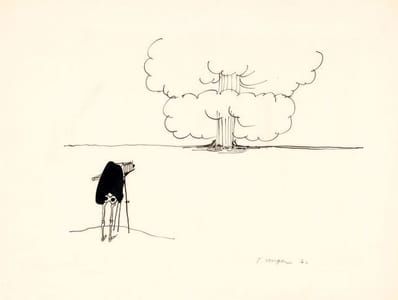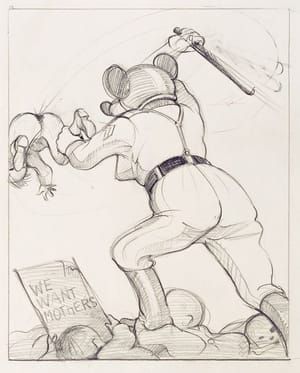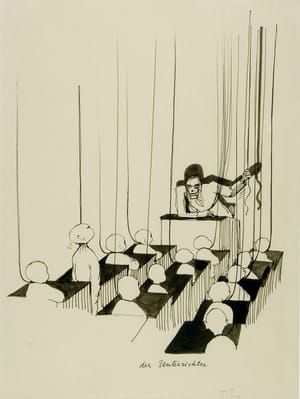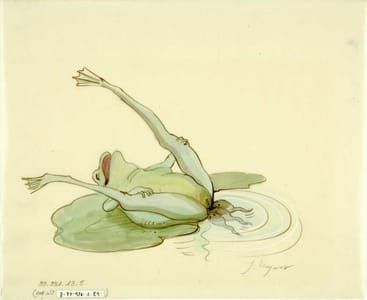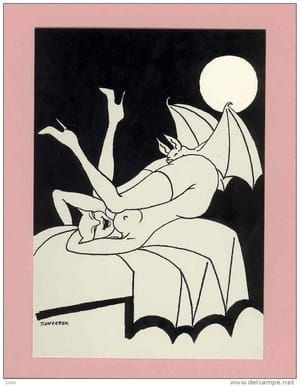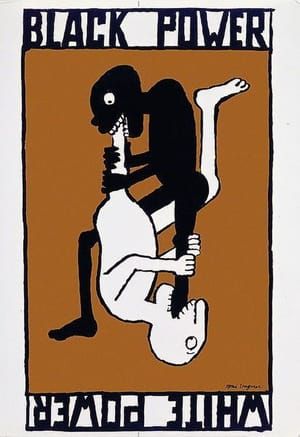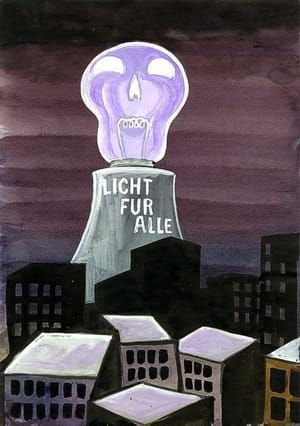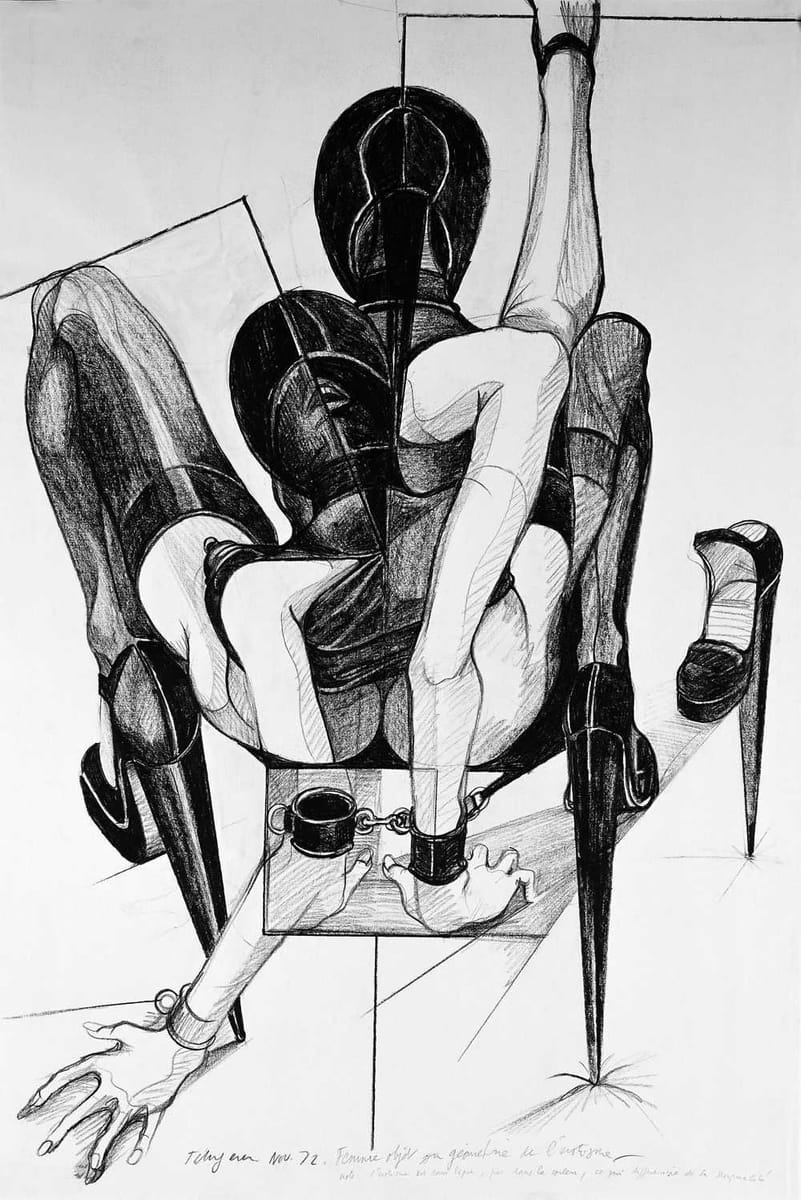

Woman Object, or Geometry of Eroticism
Tomi Ungerer
Woman Object, or Geometry of Eroticism, 1972 (drawing for Totempole, published 1976 by Diogenes Verlag AG, Zürich). Collection Musée Tomi Ungerer, Centre international de l’Illustration, Strasbourg.
NF Do you see yourself as a feminist? What are your thoughts on the ways in which your erotic works have been interpreted, either by feminists or critics?
TU I’ve been very misunderstood in those days. I was definitely part of the sexual revolution. The things I used to say are normal now. I was always more interested in the woman than in myself. I was fascinated by women’s fantasies. For me, eroticism was always about staging a fantasy according to the partner’s taste. It is really even steven. Women have a right to sexual fantasies just as men have.
The worst thing that can happen in an affair is to fall in love, because then you trip. I think it’s better to have a level of friendship without sentimentality. It’s about communion, sharing and daring, and partaking in a common experience—as long as you don’t hurt anyone.
In Hamburg, I lived in a bordello with a show window. In every bordello there was a torture chamber and a domina. They were wonderful women. As I wrote in my book, what is normal? It is all very relative. Normal is what people enjoy. Some of the things that happened in the house would be inconceivable for you, and even for me. There was one client who could have an orgasm only if the domina nailed his tongue to a block of wood. Now that’s the kind of thing that I couldn’t do and I don’t think I would enjoy (laughter). But it’s just to show that everything is relative.
...The drawings in Fornicon are medical. If you want to see some of my erotic works, look at the big album that is called Totempole, for instance. These drawings are drawn from life and they are, for me, erotic. I met this girl and I asked her what her fantasies were and she said she would like to be my slave. So, okay, that’s one game and I must say I really enjoyed it....
(Interview continued at: http://bombmagazine.org/article/2359112/tomi-ungerer)
His career represents a bygone era of eccentricity in advertising and the revolutionary potential of children’s books. Observed without the sheen of controversy, his erotic work is full of nuance: Fornicon has a fluorescent-lit quality, and steady black lines imagine men and women equipped with bizarre sex machines, like rickety, salivating superheroes. In contrast, Totempole, also using sadomasichism’s external devices and scenarios, expresses inwardness through the sketchy, hesitant line of specificity. These erotic works are given their own separate gallery, with a disclaimer for parents of young children. It’s hard to avoid, as the gallery’s entrance sits just above a theater screening animated film adaptations of Ungerer’s children’s books. On opening night, giggles erupted up the theater steps; the crowd was mostly adults.
(https://www.theparisreview.org/blog/2015/01/30/all-in-one-an-interview-with-tomi-ungerer/)
36 x 24 in
Uploaded on Apr 21, 2017 by Suzan Hamer
Tomi Ungerer
artistArthur
Wait what?
